Last December marked the 35th anniversary of Star Trek: The Motion Picture (TMP) and in the process, it ushered in an era of Star Trek movies that still exists today, including the new cinematic universe that was ushered in through 2009’s J.J. Abrams’-helmed reboot.
With the impending release of next year’s Star Trek Beyond, written by Simon Pegg (who plays the new universe’s Montgomery Scott) and veteran writer Doug Jung and directed by Justin Lin (of Fast and the Furious fame), this makes it the ideal time to revisit the film that started it all as well as examine what the new movie could learn from TMP.
Star Trek: The Motion Picture was created in large part based off the first attempt to bring back the property to television in a live-action sense, known as Phase II. Excluding The Animated Series, which ran from 1973 to 1974, as well as the first aborted attempt to bring Star Trek back to the big screen (under the project title of “Star Trek: Planet of the Titans”), production on the Phase II television series began in mid-1977 with a target premiere date sometime in 1978. However, with the unexpected and overwhelming success of Star Wars, Paramount decided to transform Phase II into a full-blown theatrical release. It is interesting to note that the pilot episode of Phase II called “In Thy Image” would serve as the backbone for the screenplay for The Motion Picture.
When The Motion Picture was released in 1979, there was a sense of great anticipation. Trek had not been back in live-action format in a decade since The Original Series was cancelled after its third season in 1969. In this regard, the current state of the franchise is not similar, after all. The last movie to be released was just two years ago with Star Trek Into Darkness with Star Trek Beyond slated for 2016. However, there is a similarity between the anxiousness that permeated the lead-up to the release of TMP and now for Star Trek Beyond.
What do I mean by anxiousness? On the one hand, the anxiousness during TMP’s time was driven solely by the fact that the franchise had been out of a live-action format for a decade. Sure, there was The Animated Series, but that could never be the same, could it? The pent-up demand was palpable. In 2015, the anxiousness is derived from something else. The best word I can use to describe it is trepidation, that murky line between cautiously optimistic and mildly ambivalent. The new movies have been polarizing to fans, with 2013’s Into Darkness arguably being even more divisive than the first. The production history for the 2016 movie has been fraught with massive directorial and writing changes (with Roberto Orci dropping out as writer and director to be replaced with Justin Lin as director and Simon Pegg as both actor and co-writer with Doug Jung).
Recent acknowledgements from Pegg that the script is still being rewritten and worked on with only about a year left until the film’s release, in addition to concerns from Paramount Studios that previous scripts were too “Star Trek-y” have left some fans wondering: “Just what is the direction of the franchise? Is there a larger vision and is that larger vision even worth pursuing?” This is only made more poignant with 2016 marking Star Trek’s 50th anniversary and the fact that, as for right now, the JJ-verse movies are the only iteration of Trek being made. Thus with this current backdrop as context, I think it’s incredibly worthwhile to look to TMP for inspiration and insight.
I recently re-watched The Motion Picture, both the cinematic release on Blu-Ray as well as the Director’s Cut (which was sadly not produced at the time in a way that would have made it easy to restore to HD). And for the benefit of full disclosure, I’ve always been an ardent TMP partisan and my belief in the strengths of this movie are only reinforced after my recent re-watches.
Borne out of a time when Close Encounters of the Third Kind and 2001: A Space Odyssey were big hits with audiences, The Motion Picture has always had a different visceral feel than any of the successive Trek films. And I don’t merely mean on a purely aesthetic level either, although that plays a significant role (for the record, I’ve always been a big defender of the TMP uniforms, monochromatic color schemes and all). What I mean is that from the very opening scene, with the triumphant score that would later be appropriated by The Next Generation, this movie conveyed a sense of ambition and scale that continues to be unique to this day.
Everything seemed bigger. We got our first glimpse of what Earth looked like in the 23rd century, and that opening shot of the Golden Gate Bridge and Starfleet Command (including the extended take that was included in The Director’s Cut) was magnificent. Even the Enterprise seemed more majestic. The scene where Admiral Kirk is briefing the crew in the recreation deck creates such a large perception of scale that is never really matched in any other movie, or series, for that matter. The ship seemed massive and the crew complement huge and vibrant, with diverse ethnicities and races both humanoid and non-humanoid. Truth be told, no starship crew in any subsequent Trek iterations would never appear more grandiose or as teeming with life than it did in that scene. This visual motif would be continued in how the very concept of jumping to warp speed would be portrayed. We’ve often become accustomed to our various starships performing feats of faster-than-light travel and “hopping galaxies” (as Bones would put it in The Wrath of Khan) as being very ho-hum, banal, and perfunctory. But I’ve always loved the fact that TMP portrayed warp travel as still being unpredictable and fraught with unseen danger, even in this grand future.
But the most important lesson to be learned from TMP is the sense of exploration and examination of the human condition that it engendered. To be sure, Kirk’s mission aboard the Enterprise to intercept the alien probe, V’ger, was not intended as a peaceful exploratory mission. Rather, it was to intercept and neutralize at all costs a hostile and implacable force (this is another point where the Director’s Cut shines, it reintroduces a scene where Kirk orders Scotty to self-destruct the Enterprise in case their efforts to communicate with the probe fail). But this mission belied a deeper and more resonant message when it was revealed that the probe itself was of human origin. Everyone who has seen the movie (and arguably even those who haven’t) know how important that twist is. The fact that V’Ger is in fact one of the Voyager probes (albeit the fictional Voyager 6) and that it has come back to Earth, not to harm it, but to learn from its creator why it was sent out in the first place, hits so many resonant notes on the nature of exploration and the human condition itself. It dares to ask questions that explore the concept of emergent consciousness, the limitations of cold programming and calculation, the contradictory uniqueness embodied by the human mind which inhabits both a place of emotion and logic, and how all of these things can and must be explored by a consciousness not solely defined as organic or inorganic. Indeed, the most moving moment for me is actually a scene that was cut from the original theatrical version. Restored in the Director’s Cut, it involves Spock crying on behalf of V’Ger. He explains to Kirk why: “I weep for V’ger as I would for a brother. As I was when I came aboard, so is V’Ger now. Empty. Incomplete. Searching. Logic and knowledge are not enough.”
So how does this apply to next year’s movie and to the state of the franchise as a whole moving forward? I think it’s absolutely critical that any future Trek movie restore that same sense of wonder, scale, and exploration that was so prevalent throughout TMP, as well as its study and examination of the human condition. To be sure, The Motion Picture wasn’t a perfect movie, but insofar that it captured these elements, the movie was resoundingly successful and it’s something that fans are beginning to appreciate more and more. I would also suggest that the decentralized and de-personified nature of V’ger is refreshing and suggests a model for future films. The past four movies (Into Darkness, Star Trek ’09, Nemesis, and Insurrection) all have featured a villain, obsessed with revenge, commanding an imposing ship that the Enterprise crew has to valiantly blow up in order to save the day. Indeed, there hasn’t been a movie without a headlining “main threat bad guy” since The Voyage Home. This is not to say that villains don’t have a role in Trek: I personally loved Ricardo Montalban as Khan, Christopher Plummer as Chang, and Alice Krige as the Borg Queen. But is it possible for us to formulate an idea for Star Trek that doesn’t always necessitate such a trope? That doesn’t necessitate a huge space battle, whiz-bang explosions, and a dead villain as the only outcome of our heroes succeeding? The recent commercial and critical success of movies like Gravity and Interstellar strongly suggest that not only is this possible, but for a franchise like Star Trek, it is absolutely necessary.
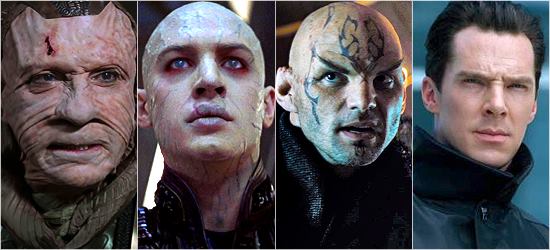

(from left to right) Ru’afo from Insurrection, Shinzon from Nemesis, Nero from Star Trek ’09, and John Harrison / Khan from Into Darkness
I wouldn’t presume to second-guess Simon Pegg, Doug Jung, and Justin Lin when they’re in the process of writing, producing, and directing a movie under the scrutiny of the world’s most dedicated fanbase. Unless you’re one of the very people who have actually been in that kind of situation, it’s almost impossible to know what factors, constraints, and pressures influence the pressure cooker environment in which the producers operate in. Other seemingly troubled productions such as the third season Next Generation episode “Yesterday’s Enterprise” would turn out to be among the franchise’s best work. And in actuality, Pegg’s comments back in March of this year emphasizing his awareness that “the spirit of adventure and exploration” need to be present in the new movie is quite heartening. For all we know, next year’s movie might be everything we’re looking for and then some. We can only wait and see. But in the meantime, we can still ruminate and reflect on what made Star Trek truly resonant for us, and hope that what we see in the future will reflect and expand on that.
In the end, despite the despondence or fear that some fans have about next year’s movie, I’m actually optimistic for Trek’s future. Star Trek has endured its high and lows, its peaks and valleys, its eras of green verdant growth and harsh dry drought. Despite the absence of Trek on television (where it excels the most) and the fan reticence towards the new studio movie, Star Trek still thrives. Why? Without a doubt, it’s because of the dedicated fanbase that has kept the franchise alive through periods of famine and feast. Even now, we are experiencing a veritable renaissance of fans films and independent productions, in the form of Axanar, New Voyages / Phase II, Star Trek Continues, and many others. Indeed, the success of these fan films and independent productions speak to the vitality of Star Trek and arguably to the existence of unmet demand that is not being satisfied from the new movies. Indeed, it is quite telling that on the eve of Star Trek’s 50th anniversary next year in 2016, there has been no discernible effort by the studio to commemorate the anniversary or celebrate the franchise in a way that has been done for Doctor Who’s 50th anniversary in 2013 or with Star Wars’ impending return to the big screen in December 2015. Rather, it seems that it is the fan-driven and independently created work and not the “official” studio-sanctioned content, which is driving the majority of fan enthusiasm these days.
This ultimately brings us full circle. Whether it’s a television series, a Paramount produced movie, or a fan / independent production, Star Trek is at its best when it can combine action, adventure, drama, humor, moral and socio-political allegory into a richer milieu about the human condition. With a return to its exploratory roots, Star Trek can recapture that palpable sense of excitement and wonder that fans once had in the summer of 1979. TMP at its heart is about the human condition and in this fan’s humble opinion, any future iteration of Trek can only be well-served by learning from The Motion Picture that started it all.


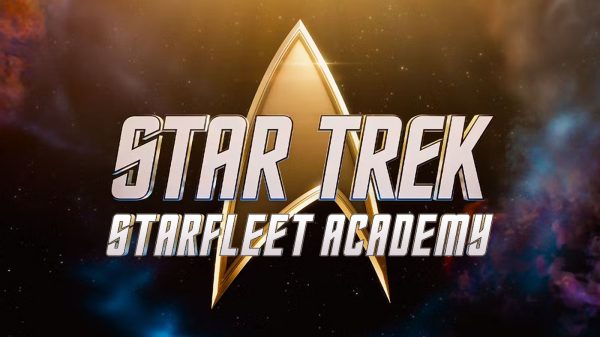
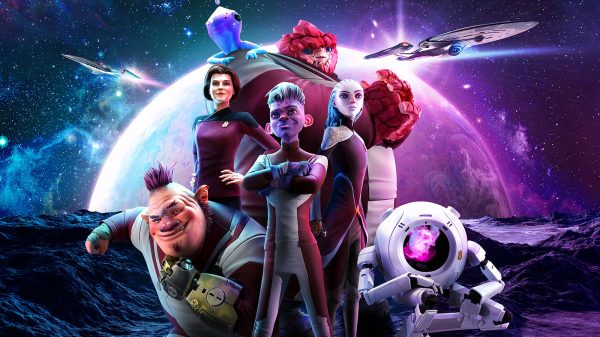
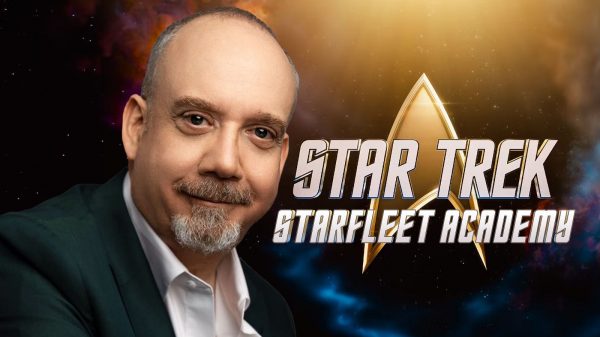
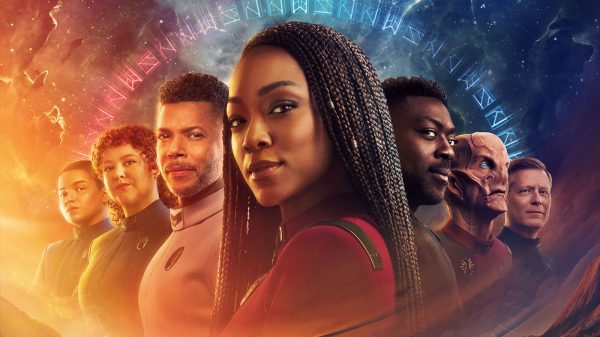
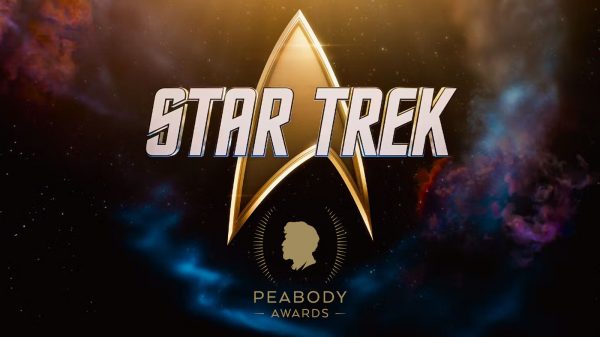
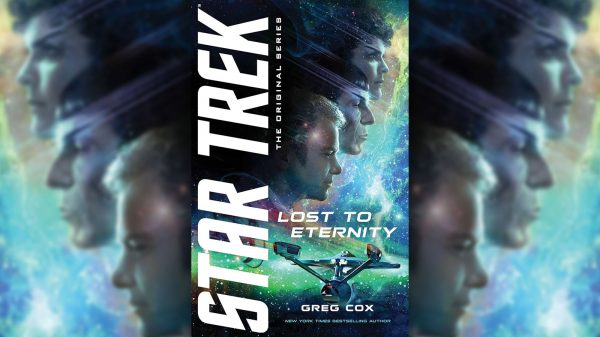
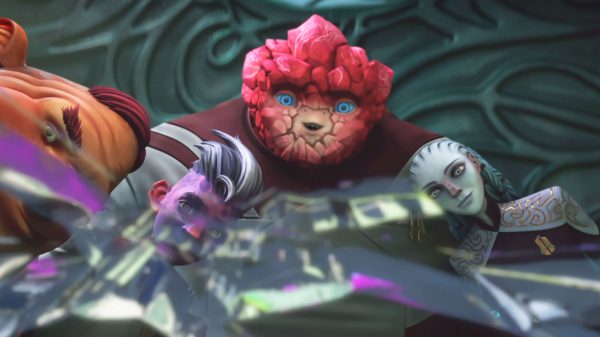
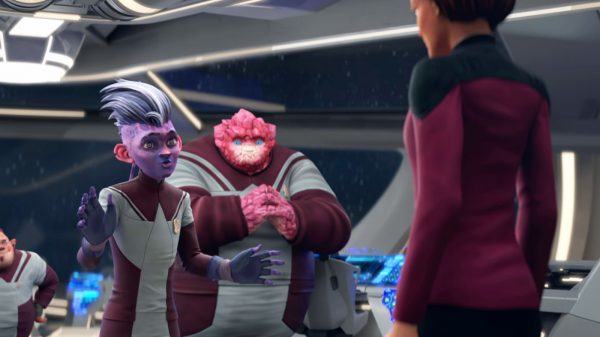
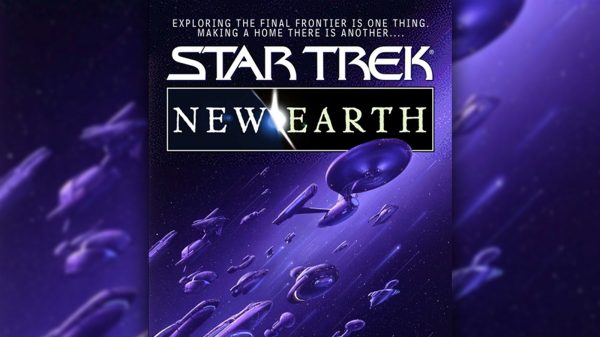
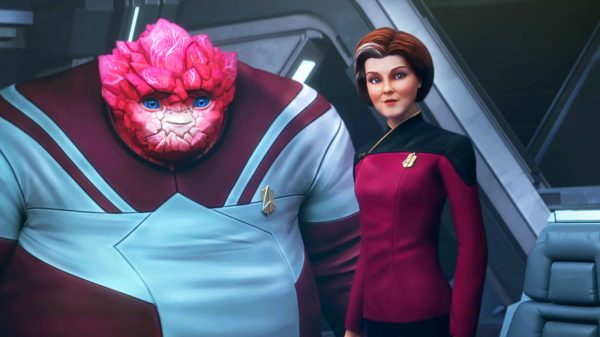
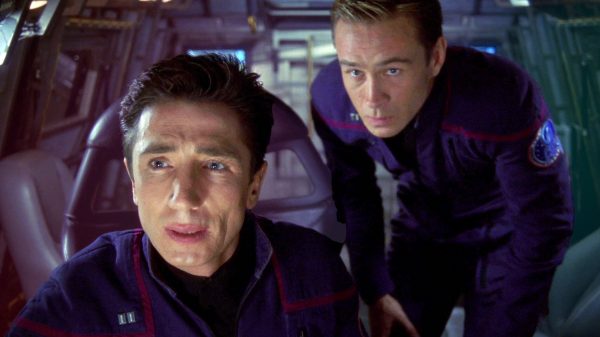
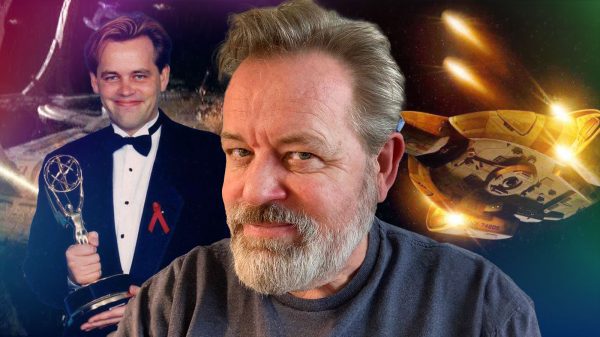
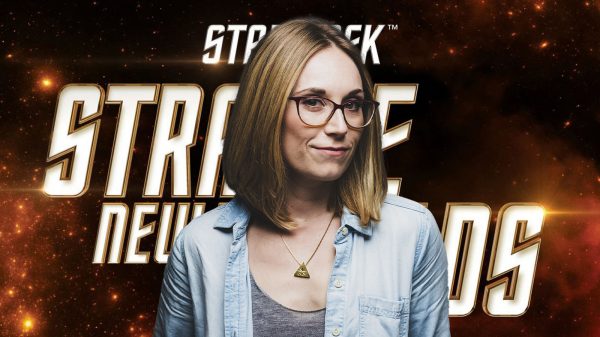
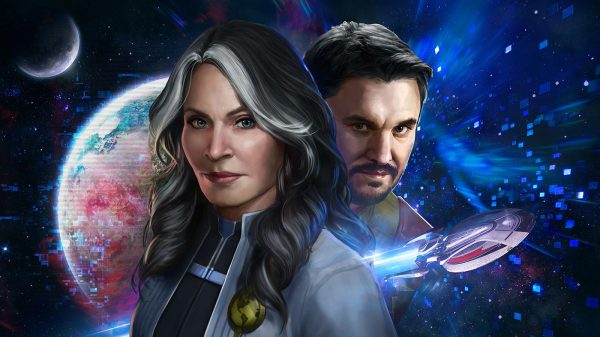


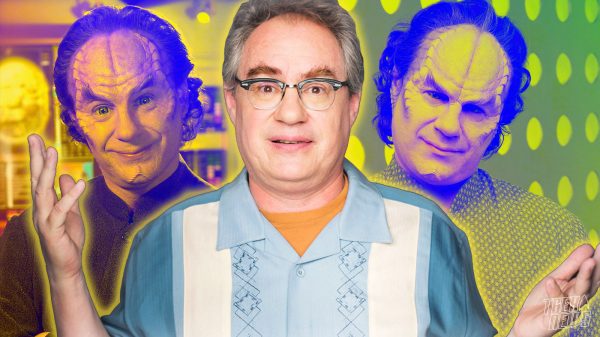
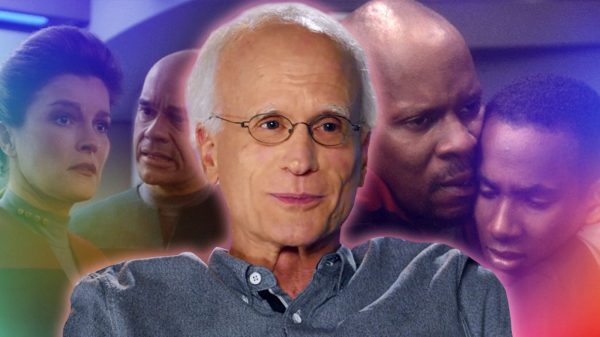
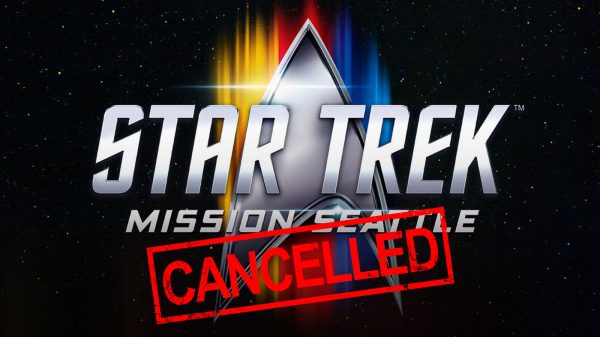

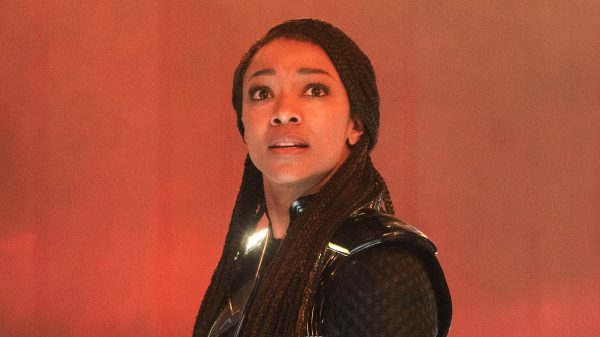
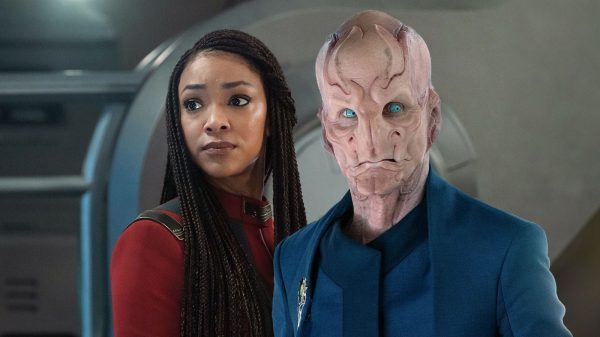
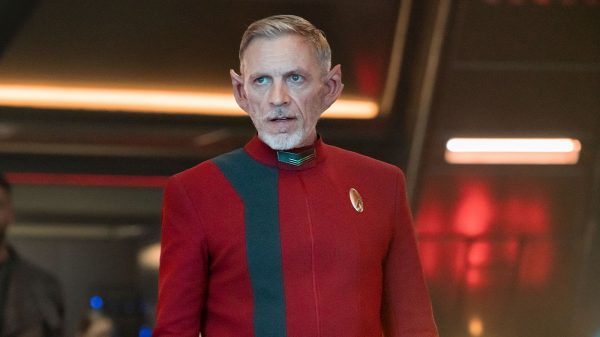
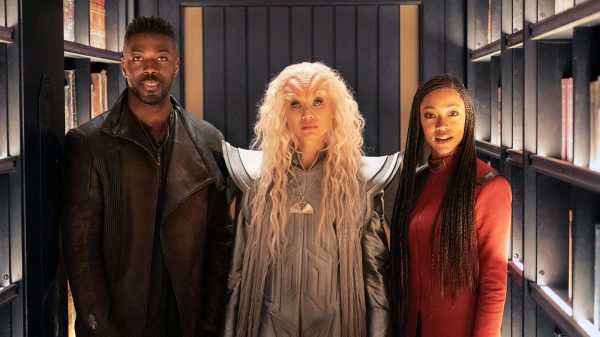
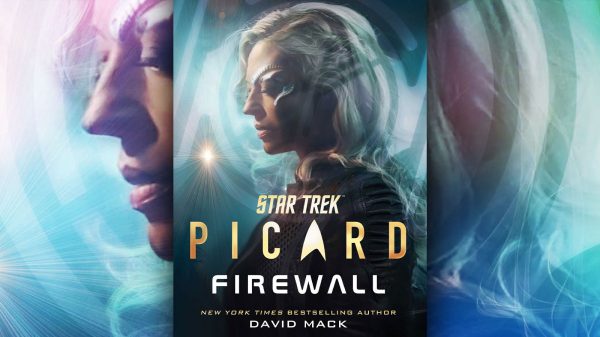
![2023: A banner year for Star Trek — here’s why [Op-Ed]](https://treknews.net/wp-content/uploads/2024/01/star-trek-2023-year-in-review-600x337.jpg)
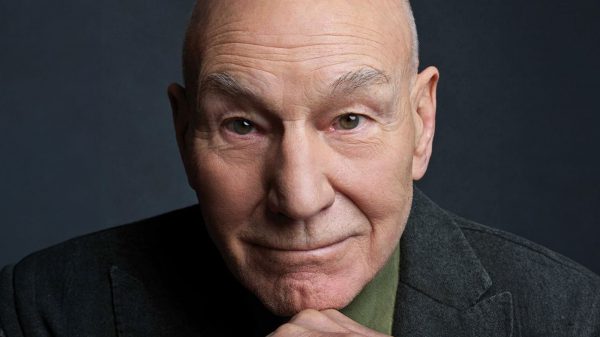
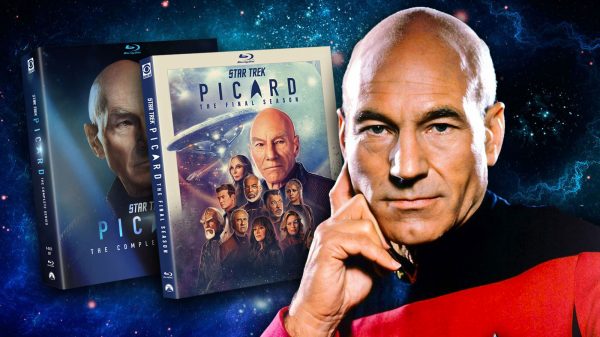
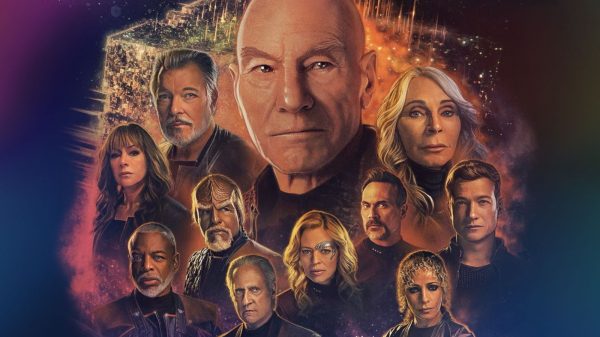
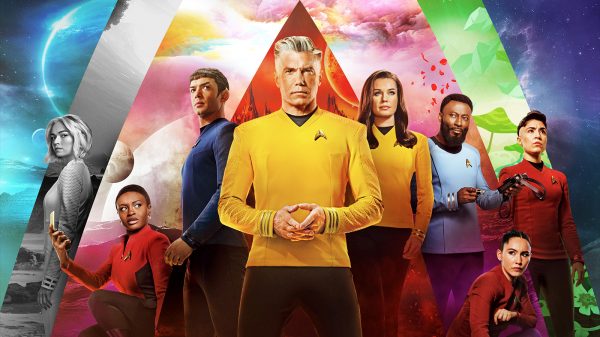
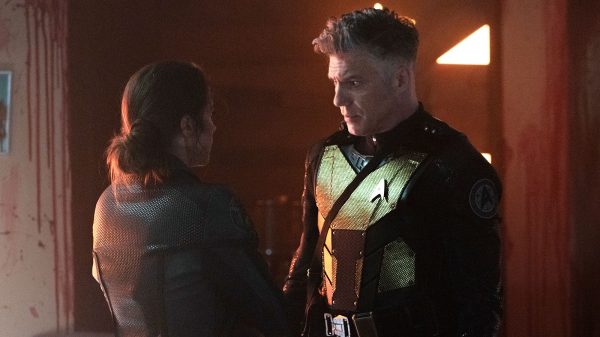
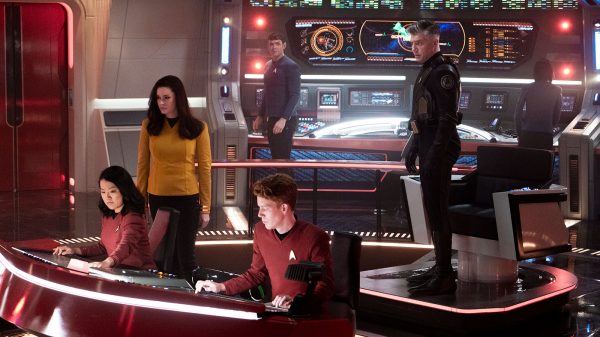
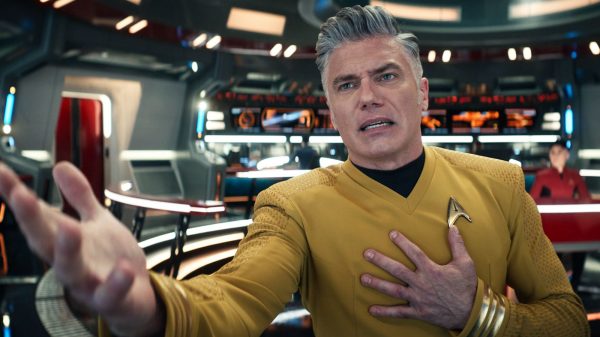
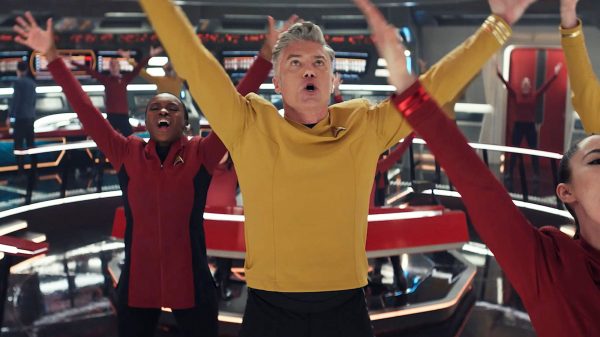
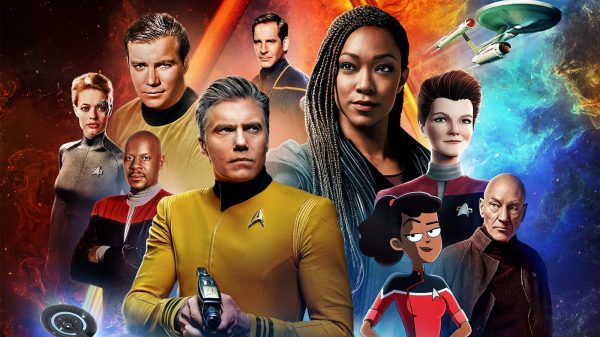

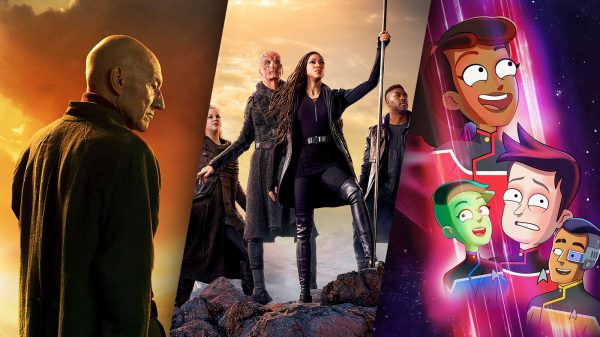
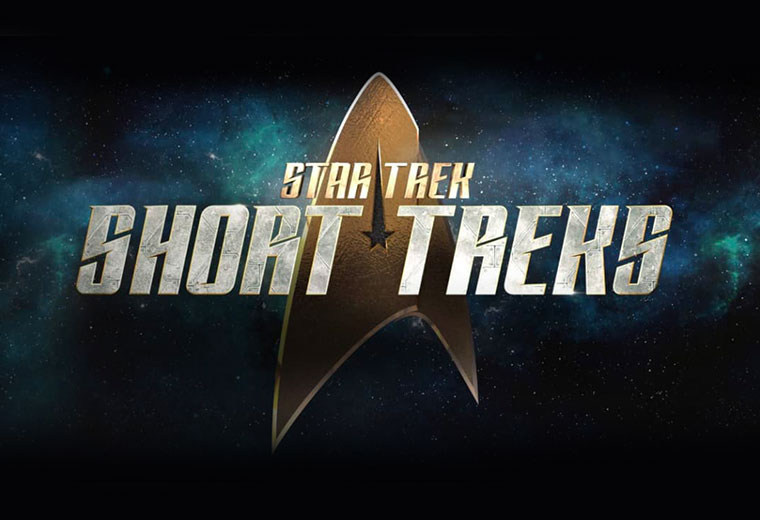
![[REVIEW] STAR TREK: SHORT TREKS "Children of Mars": All Hands... Battlestations](https://treknews.net/wp-content/uploads/2020/01/review-star-trek-short-treks-children-of-mars.jpg)
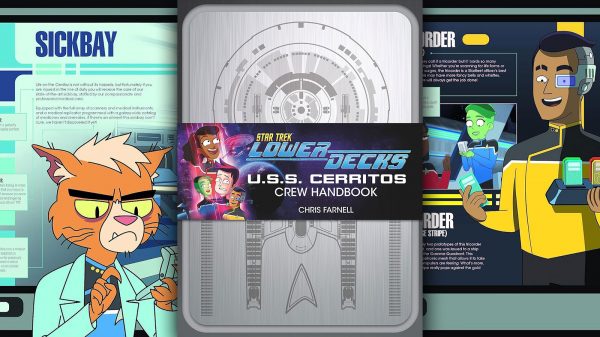
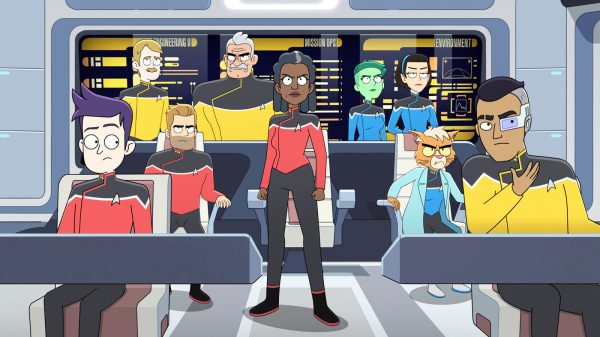
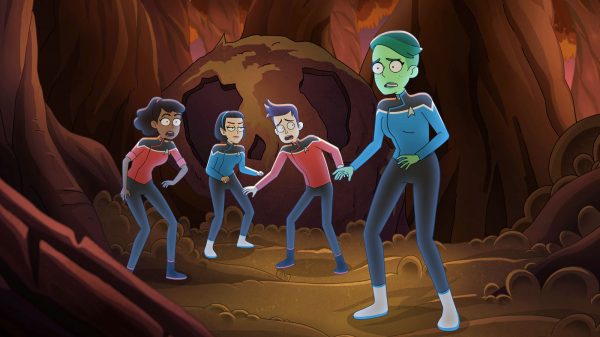
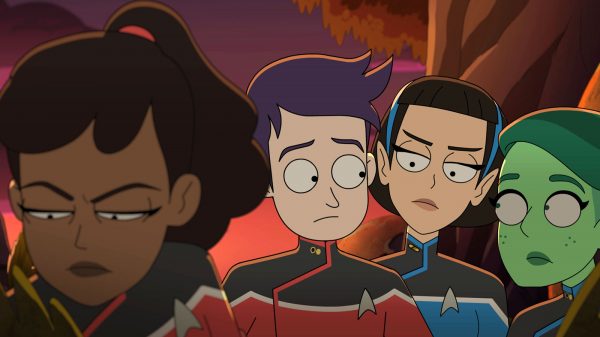
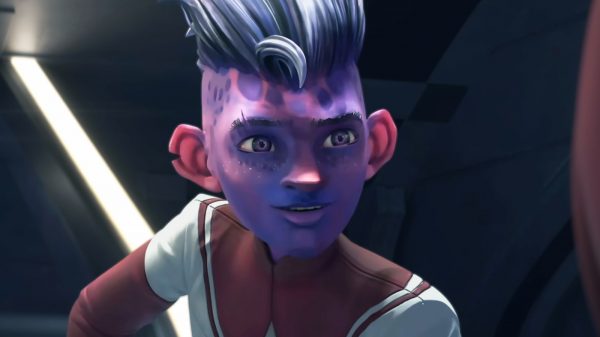
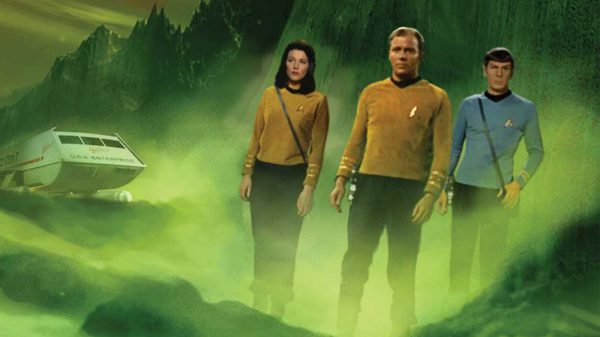
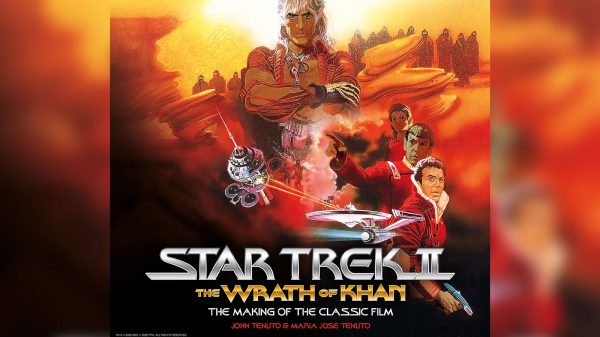
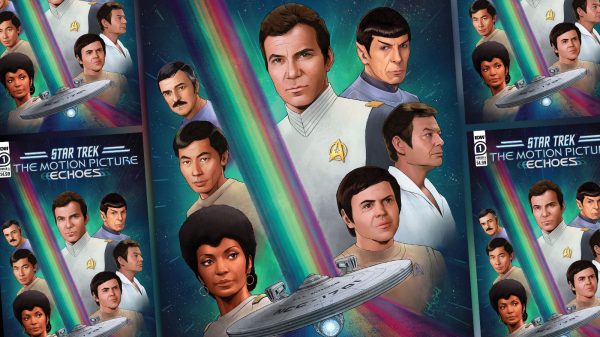
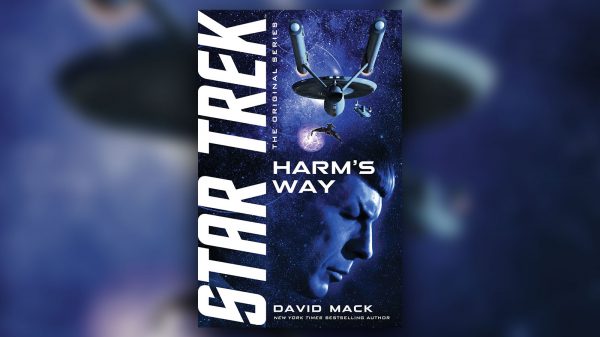
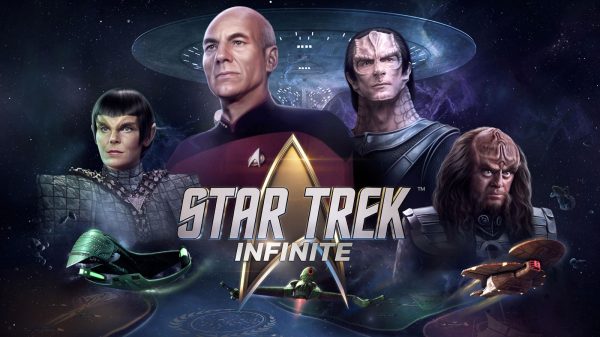
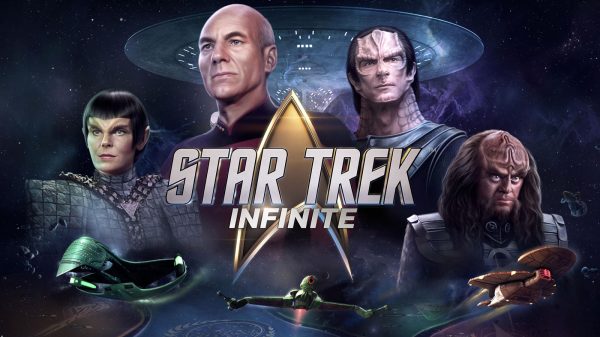
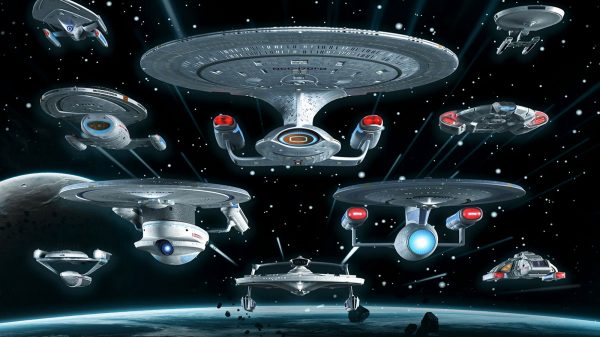
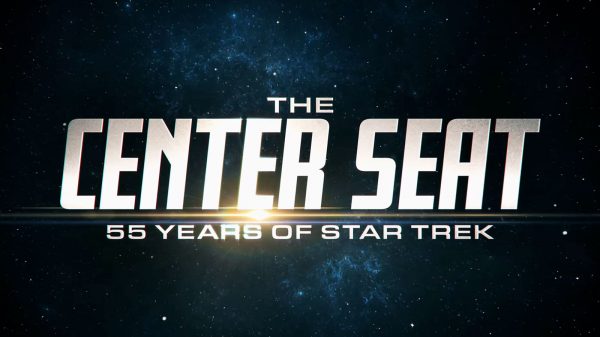
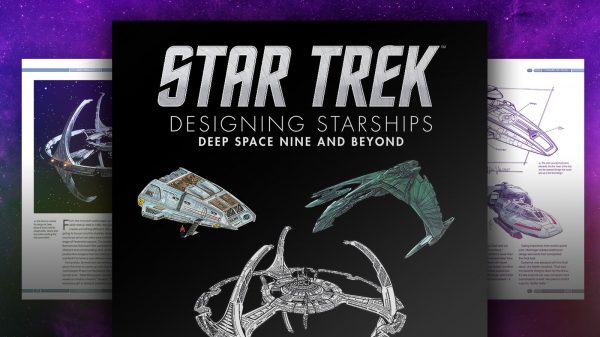
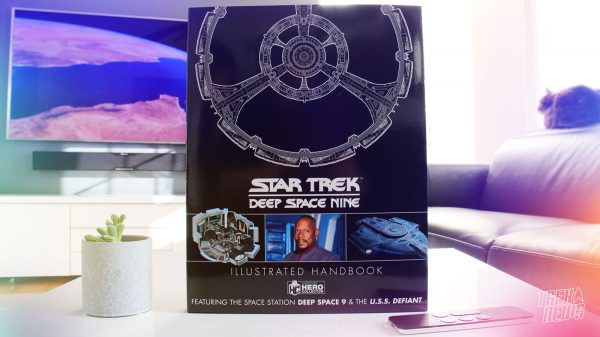
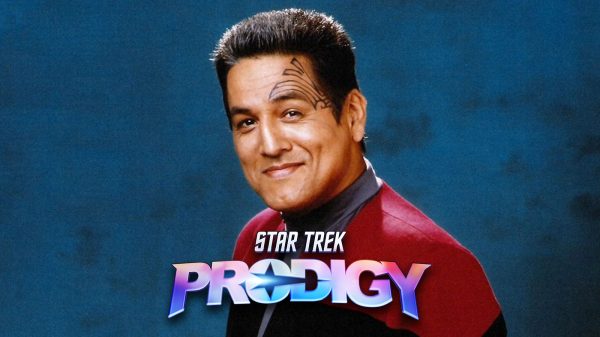
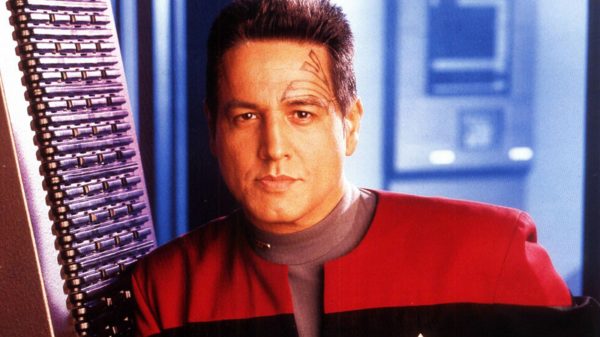



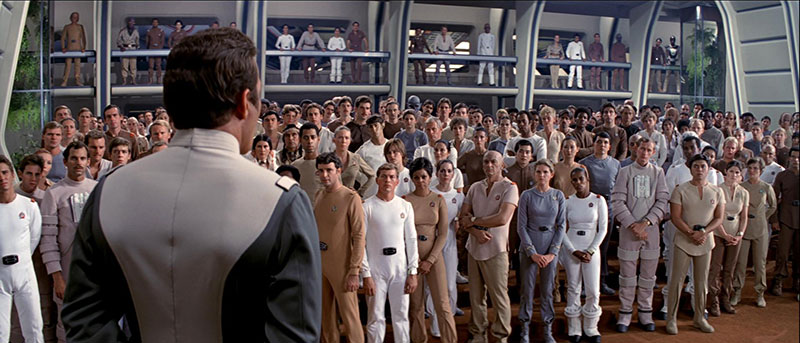
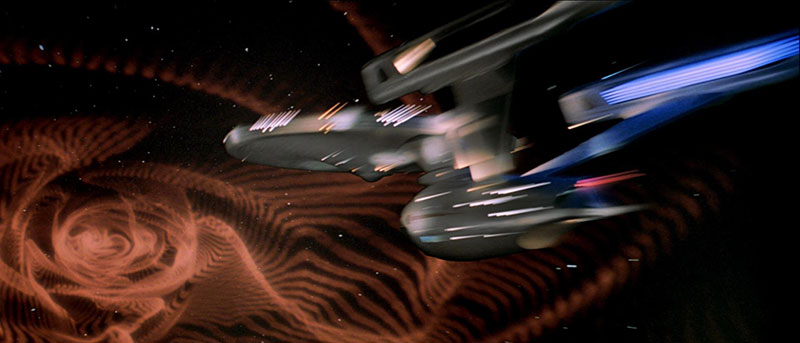
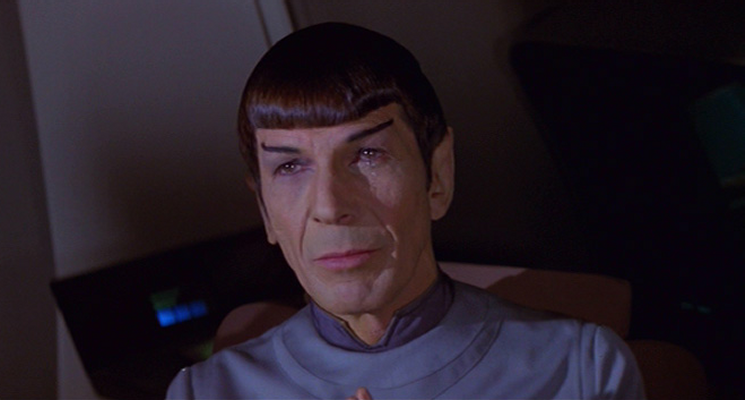




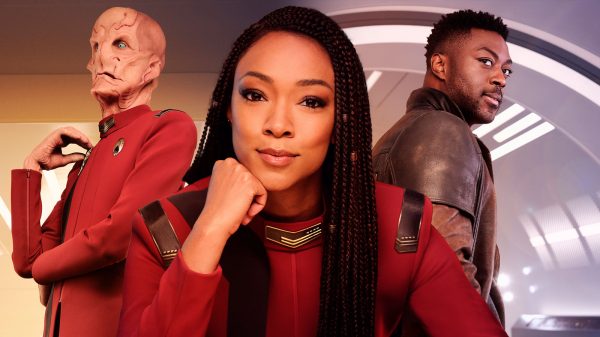

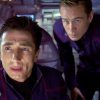
Corylea
May 28, 2015 at 2:30 pm
The characters in TMP didn’t feel like themselves, and special effects seemed to me to be the stars of the movie, not Shatner, Nimoy, et al. While I liked having a plot that didn’t revolve around a human villain, there’s an awful lot I WOULDN’T want the new movie to take from TMP. Even Leonard Nimoy said that TMP didn’t feel like Star Trek to him, and I’d think he would know. 🙂
To me, the best Star Trek has always been the episodes of the original TV series, not any of the movies. There’s no movie I like as much as I like “The Devil in the Dark” or “Amok Time” or “Journey to Babel.”
To me, a good Star Trek needs two things: it needs to keep the CHARACTERS as the focal point, and it needs a situation that challenges those characters and gives them a chance to show us who they are. A moral dilemma or moral message (but with a fairly light hand, please) is also a plus.
“Journey to Babel” was a wonderful episode partly because it did both of those things. It gave us a lot of insight into both Kirk and Spock, while giving them interesting events to react to. It showed us that Spock was so dutiful that he would refuse to save his father’s life in order to perform his duty to the ship (and Leonard Nimoy was wonderful at showing us just how much it cost Spock to make that decision), and it showed us that Kirk was such a good friend that he was willing to drag his injured body off the biobed and pretend to be well so that Spock could go save his father’s life. In between that, we had our first glimpses of many other Star Trek species, a mystery, Kirk saving the day by pulling an inspired tactic out of thin air, and Spock’s rapprochement with his parents.
THAT’S the kind of thing I want to see in a Star Trek movie — focus on the characters, and give those characters a situation that challenges them and gives them an opportunity to show us what they’re made of.
Jon Good
May 28, 2015 at 3:58 pm
TMP is still one of my favorites. I can watch it over and over again.
Jim R.
June 15, 2015 at 2:38 pm
It is my favorite ST film. Wrath of Khan is a close second.
Got spoiled… two best ST films right out the gate. The Abrams films are jokes compared to ST: TMP and ST: TWoK.
Akiva1
May 29, 2015 at 8:07 am
The thing about TMP is that it was not just a Trek film – it was a science fiction film – it crossed over into being a serious piece of science fiction that none of the other films had ever accomplished. And the reason there are so many stories about bad guys that have to be blown up is because when it comes to “Star Trek,” Paramount still looks at it as kiddie fair. The same damned mentality Roddenberry had to face in the 1960’s hasn’t changed.
Eric Cheung
May 29, 2015 at 12:14 pm
I’d like there not only not to be a villain, but I’d like to see a Star Trek film where no one dies. TVH, is again, the only one without any on-screen deaths. It’s not that I’m opposed to death per se, but it would force the writers to think about their story in a different way. It would truly place the writers in the heads of the crew as they’re forced to solve the plot without resorting to death.
But ultimately, I want Trek to be about what it’s so often been about to me: the power of cooperation to win over conflict.
Milo
May 30, 2015 at 2:44 am
While not my favorite Trek film, I’ve learned to appreciate TMP as I’ve gotten older. I agree, I’m tired of villains out for revenge in Star Trek films. Sadly, I don’t think Hollywood is.
Simo Shingo
June 1, 2015 at 7:11 am
My opinion: they didn’t learn nothing in the first two movies, so… the third will be a generic sci-fi movie as always.
A STAR TREK series
June 1, 2015 at 12:45 pm
visually stunning & unbeatable soundtrack
Jim R.
June 15, 2015 at 2:39 pm
Trumbull did some good work 🙂
Melkur
June 2, 2015 at 6:02 am
It really does seem a shame how quiet the build-up to Star Trek’s 50th Anniversary is. It’s also a shame how difficult it is to release a Blu ray of the DIrector’s cut TMP, that would make a brilliant anniversary set.
Shadow Eagle
June 25, 2015 at 12:58 pm
i’m happy there’s no build up… cause then they create all this hype that no picture can ever live up to.
Jim R.
June 15, 2015 at 2:34 pm
Good write-up. Thanks.
ericphillips
October 6, 2015 at 4:54 pm
Will, from what i understand is that the Director’s Cut used the HD transfer of the film, and all of the new CGI and composites were built at HD level, but Paramount at the time would not budget the extra money for HD render time. The files are stored for a future HD version, and should not be difficult to do at all.
Daren Docterman, who worked on the restoration, said on the Optical Podcast recently, “[our] proposal included a film rez finaling of the Director’s Edition, and the ability to go back to a film negative. The studio, for their reasons, did not want to hear that and because we were working through the home entertainment division they were only interested in the project being released on DVD, and so they were not interested in funding anything past that. So we were limited to outputting at DigiBeta resolution which is, I think, 720×480. So that’s how it exists. I mean it certainly, we planned everything to go at film res. All the models were built to hold up to that and, you know, we wanted to, but one of the things you have to work with is your budget and we just did not have the budget to render any of the stuff out at film rez. But, you know, that’s just how it goes.”
It does not seem in their plans to do the director’s cuts at all. Because of this I have not bought STII on Blu-Ray, why would I when the story presented on the SD DVD is superior?
Ralph
December 9, 2015 at 11:27 am
The only problem storywise was that this was basically a Remake of TOS “The Changeling”, which made the Story less original.